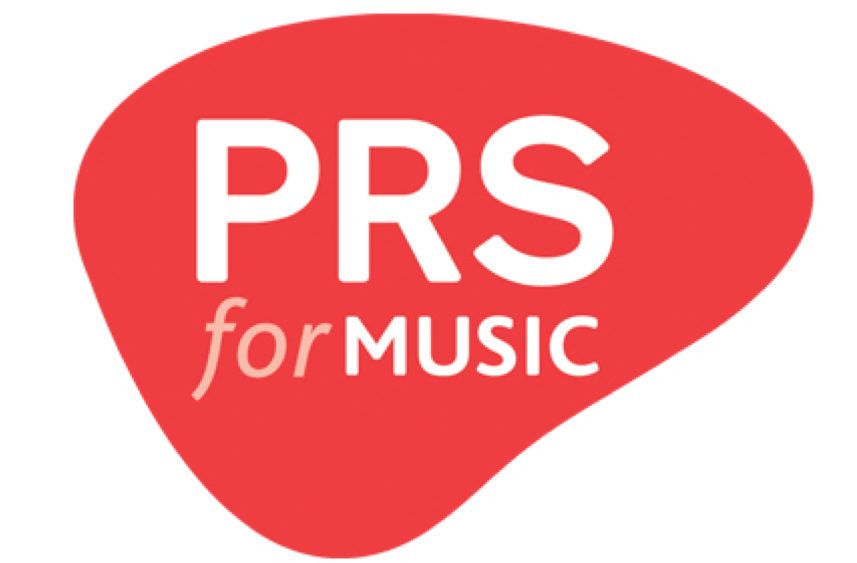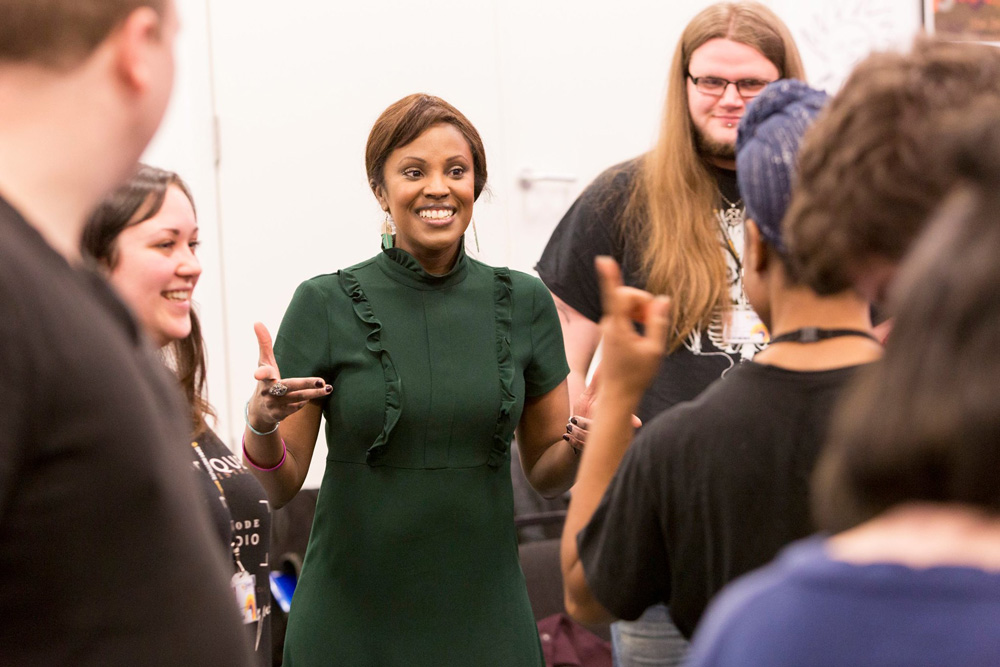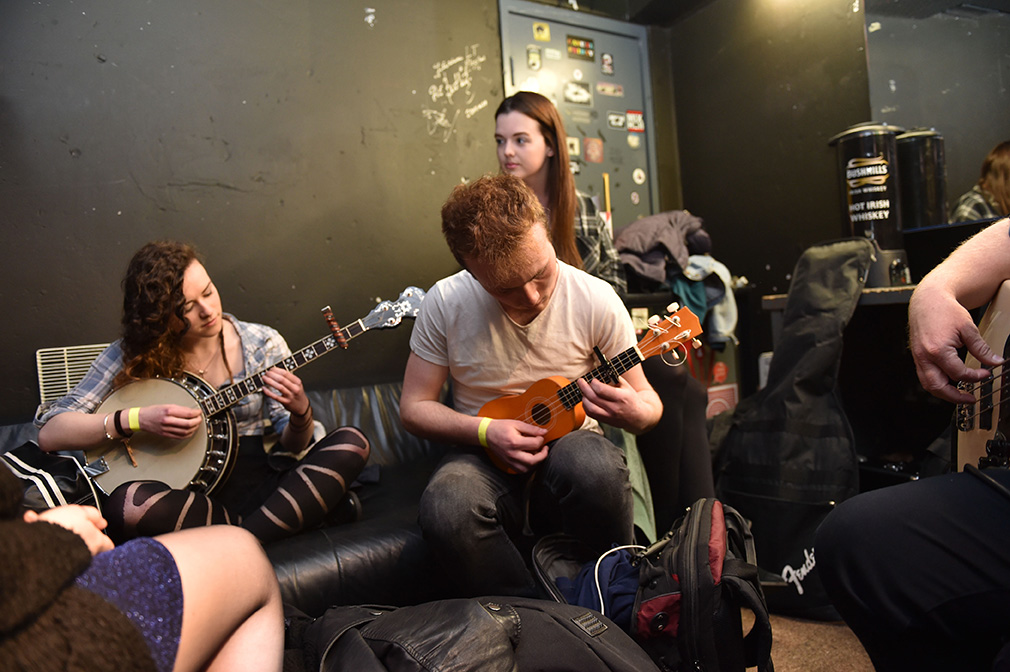Yeah, we know: you became a songwriter to express yourself, explore human truths and chronicle the world around you. But don’t tell us you’d say no to a fat pocketful of free cash. Simply put, if you write songs and own the copyright, you’re potentially entitled to royalty payments that could make the difference between survival and starvation. But first you need to get wise to PRS For Music.
PRS – isn’t that a guitar brand?
Yes. But it’s also a non-profit society that collects royalties for its 125,000-plus musician members. Legally, any public space where music is played or performed has to cough up for a PRS licence. All those licence fees go into a pot, before being divvied up and doled out to the writers whose songs were aired. Best of all, in an elitist industry, you don’t need a label, publisher or physical album to start earning performance royalties.
So how does it work?
PRS asks major venues, radio stations and TV networks for a breakdown of the material that’s been played or performed, then calculates what individual songwriters are due (with smaller outlets, they rely on a less-scientific sample system). The upshot is that if you wrote the lyrics and/or music for a song that gets played on radio or TV, or your band performs original material at a credible venue, you could be due a hand-out.
Boom! How much can I expect?
That all depends where your music gets played. To give you a very rough idea, a spin on Radio 1 might net about £50, while if your music is used by BBC1, you could expect around £90. Performing self-penned songs at the Reading Festival could stick a useful £1500 in your wallet. But that’s the fat end of the scale. An airing on local radio could be as little as £4, and a run-out on the local toilet circuit just £6.
Pfft – is it worth joining PRS For Music?
It’s up to you to speculate whether your songs have the potential to earn back the £100 joining fee. With over £537 million collected by PRS in 2015, we’re talking about a seriously massive pie – but only your talent and popularity will determine how big your slice is.



